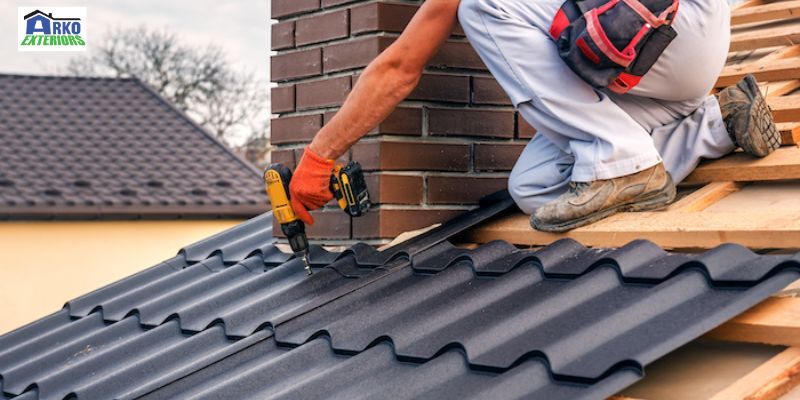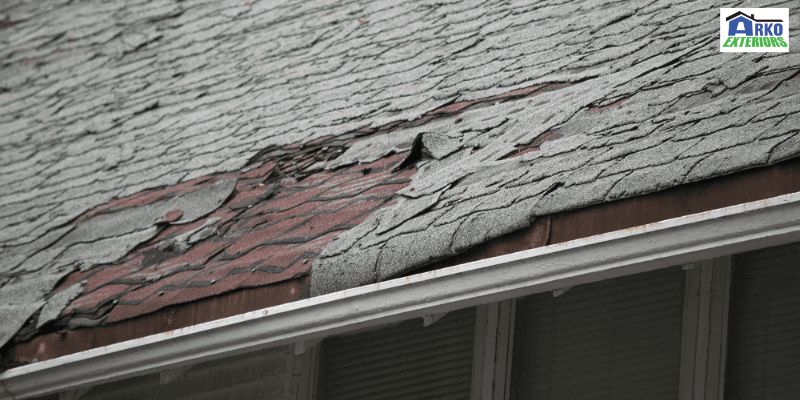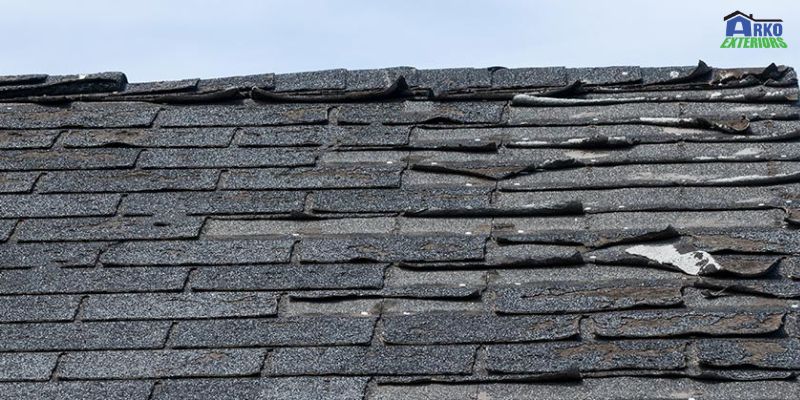A sagging roof is not good– it could collapse! If you notice your roof is sagging, it’s a smart idea to fix or replace it quickly.
What are some roof repair tips to fix a sagging roof? Here are some ideas…
#1 Examine The Roof To Look For Damages
You should first check the roof for sagging; It makes sense to observe the roof from the sidewalk or yard. Next, go up to the attic with a flashlight and inspect the roof from within the house. You can get a sense of the damage’s scope from this angle. Consider your structural system construction, the frame that holds the roof in place. Look for cracks, rotting, and other types of deterioration. A sagging roof typically indicates that the trusses or rafters need to be repaired.
#2 Drill Holes In An L-shaped Steel Channel

Restoring a rafter or truss to its original location after it has been damaged is typically one of the more difficult components of repair. The simplest way to do this is to get a steel “L” channel that is at least 2 feet long and 112 inches by 112 inches in size. Drill four 3/8-inch cuts in the base and two holes in the side of the steel “L” channel to begin. Even spacing between the holes is ideal.
#3 Detach All Hardware Or Fragments From The Wood
Cleaning up any wood pieces that have fallen off the beam or rafter is the next step. Removing wood chips and splinters is an important stage in the process since debris and damaged pieces of wood can affect how the rafter or truss is aligned.
Remove any wood shards or parts that may have broken off from the roof rafter or truss. If the repaired rafter or truss needs to be realigned, broken timbers and wood splinters may get in the way.
To remove the broken chips and splinters, use a chisel or rotary saw.
#4 Install A Rafter
Install the “L” channel using lag bolts on the truss or rafter that is damaged. After that, insert bolts and washers into the “L” channel’s side holes. The “L” channel’s distance from the rafter that is fractured should be measured. It is a good idea to use a lag bolt that is longer than the distance between the “L” channel and the rafter.
#5 Insert Bolts
Last but not least, fasten two lag bolts to the “L” channel’s bottom. When the truss or rafter is snug against the steel, tighten the farthest bolt head first before tightening the front bolt.
How Can You Prevent A Sagging Roof?

To prevent expensive repairs, you should maintain your roof and carry out routine health checks. There are certain precautions you can take to stop your roof from sagging too soon, even though you can’t stop all damage.
A sagging roof typically indicates that the internal roof framework is insufficient or that the rafters are either undersized or too heavy. Rooftop rain, snow, ice, and wind add a lot of stress to a roof that is fragile. Ensuring that the entire roof is installed correctly is the greatest approach to preventing a sagging roof.
It’s advisable to take care of your roof’s sagging as soon as you detect it. As more weight and stress are placed on it, a sagging roof will only get worse with time and cost more money to fix.
Summary:
How’s your roof? Is it sagging? Do you think it needs to be repaired or replaced? For a professional inspection and/or a roof maintenance check-up, call Arko Exteriors at 763-434-2756.

